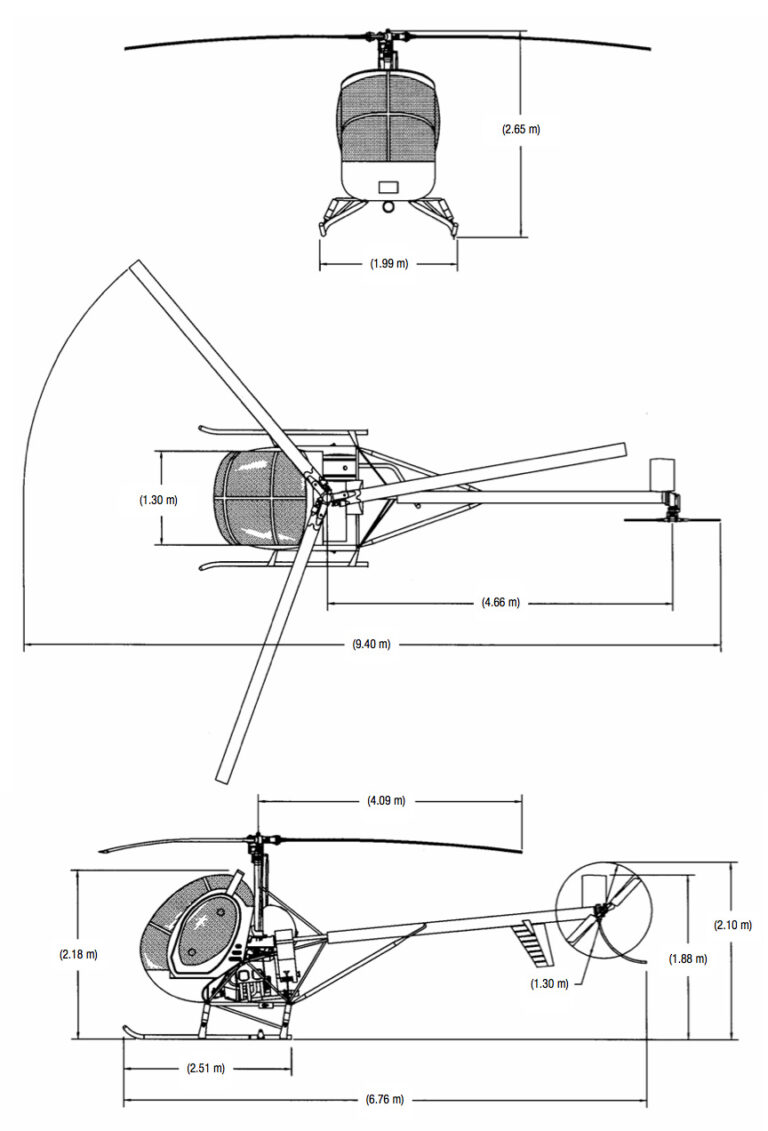Learn to fly
(DTO approval – Work in progress) Learning to fly a helicopter is not as difficult as many people think. Come to us and have a test lesson. It starts with a simpler theory review before getting into the helicopter and flying about half an hour. During the lesson you will gradually get to try out the various controls and before we land you will get to know how wonderful it is to fly yourself.
ppl theory course
You can choose to obtain a self study course provided by our partners, Flygeteori in Norway and a classroom course provided by Flygteoriskolan in Sweden. Check prices and avaiability on their websites.
Following topics are covered:
- Provisions: What rights and obligations you have as a pilot, the division of the airspace, procedures for renewal of certificates, etc.
- Aircraft: An overview of how the helicopter works, both engines and instruments.
- Performance & trip planning: o safely move from one place to another, including fuel and flight time calculations.
- Human factor: How the body functions and is affected in the conditions that prevail when flying, including the mental parts.
- Meteorology: Basic knowledge of “the powers of the weather”, including interpretation of the weather information that is made available to us.
- Navigation: The function of the flight instruments, what information the flight maps give us, different radio navigation tools we can use, etc.
- Aerodynamics: Understand the factors that cause a helicopter to fly, and how it affects us in different flight situations.
- Radio communication: Who we can and should talk to in radio with in flight, what phraseology we use and the opportunities available to obtain information about weather, etc. in flight.
practical training
When the theory teaching has been going on for a period, you can start flying. Since the later practical parts of the training are based on knowledge you have gained from theory teaching, we recommend that you are halfway through the theory before we start flying. Of course, our instructors help when you have questions from theory teaching. Each flight pass also starts with a briefing where you go through what is to be trained so that there is no obscurity. After the flight, there is always time for a debriefing where you as a student get a feedback and the opportunity to sort out any uncertainties and that preparations for the next pass can be made if needed. The practical part of the training includes:
- Plane flight, turns, climbs and planes: The basis for all flights is that you can handle the helicopter and perform these basic manoeuvres at a constant speed.
- Hovering: What separates the helicopter from all other aircraft. This will be practiced for many hours until it sits as natural as walking.
- Emergency procedures: While helicopters are very safe, you must be able to handle various errors that may occur. As we carry out our emergency training over an airport, we have the opportunity, under very safe forms, to train all the various steps you need to be able to become a safe helicopter pilot.
- Navigation: One advantage of flying is that the ground and the map look the same, but it is still something that needs to be trained so that you always know where you are.
- Take-off and landing: We will also be training a lot to set up our runways in the air so that we reach the place we want with the right altitude and the right speed.
- Radio communication: This will be performed around Alta area, the airport is a controlled airport.
type rating hu 269 / schweizer 300
yperating course can be arranged on short notice of time. These training topics will be covered:
- Technical course with a written test
- Practical flying which ends with a skill test
Some topics that is covered:
- Plane flight, turns, climbs and planes: The basis for all flights is that you can handle the helicopter and perform these basic manoeuvres at a constant speed.
- Emergency procedures: While helicopters are very safe, you must be able to handle various errors that may occur. As we carry out our emergency training over an airport, we have the opportunity, under very safe forms, to train all the various steps you need to be able to become a safe helicopter pilot.

Helicopter callsigns
LN-OAP
Information
Max weight
Speed
Cruising speed
Range
Passengers
Fuel quantity515 kg
930 kg
95 knots
86 knots
415 km
2 st
130 liters
